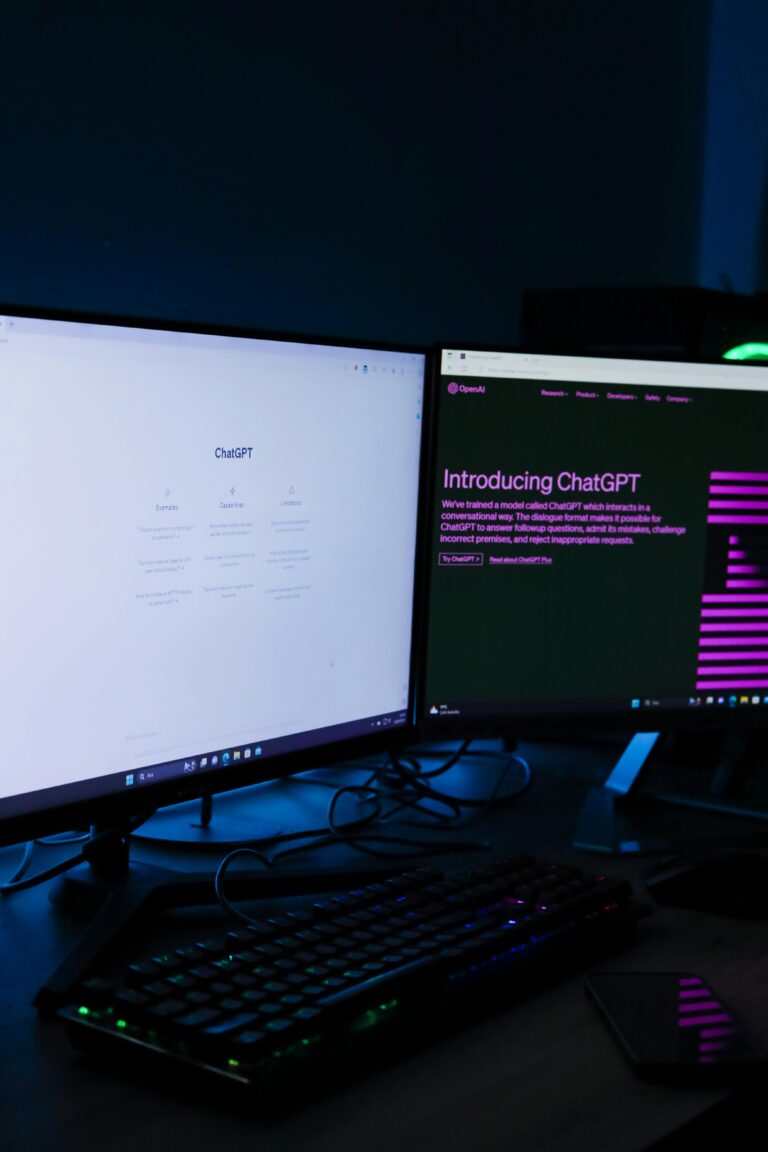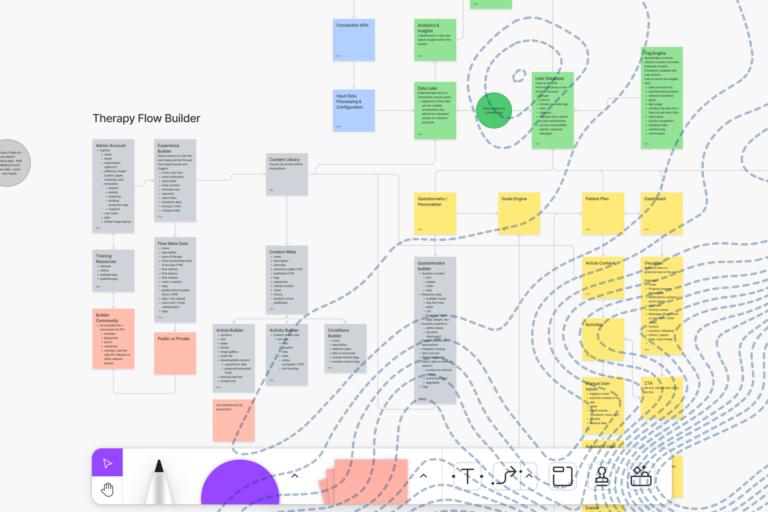A new crop of fintech products are skipping mass market to focus on lucrative niches
After two days of FinovateFall 2018, upwards of 75 lightning demos from innovators and entrepreneurs, and products from every corner of the globe and every part of the fintech space, two things are clear:
- There’s a reason Finovate is touted as the world’s premiere fintech event, and
- Customer experience is the new must-have differentiator.
Okay, you might say, but hasn’t customer experience always been important? Yes, but not like this.
It’s true that plenty of products were out pushing the boundaries of customer experiences in unique ways, from Bond.AI’s technology-driven platform for conversational experiences and interactions’ seamless multi-channel customer service to Envestnet Yodlee’s combo of desktop, mobile, and voice interfaces to make complex data intelligible.
But the real trend isn’t just the technology. It’s the specialization. There’s a new breed of fintech product that’s skipping the goal of mass adoption to target narrowly defined and highly specialized audiences – microtargeting their product, in other words.
It’s both a powerful differentiator – one badly needed in a market as crowded and competitive as fintech – and a really interesting challenge for the teams tasked with bringing these products to market.
I’m going to discuss three companies in particular that are placing big bets on customer experience by designing their products or services for a specific market or behavioral segment, and spotlight the elements of their segment-specific strategy that I find especially compelling.
LoMsy is micro-lending focused on the Hispanic community
LoMsy is a micro-lending platform targeted to the Hispanic and Spanish-speaking community. This start-up is more then a translation play – they’ve re-imagined micro-lending for their specific market, and designed a specific digital experience that better meets their needs.
It starts with establishing their own branded framework to assess a prospect’s credit-worthiness. The Lomsy Evaluation Methodology (LEM) pulls data not just from the major credit bureaus but also from non-traditional reporting agencies, retail partners, and even personal references. It’s a framework for establishing credit that’s specifically catering to the needs of their target community.
LoMsy has also adopted an incredibly consistent content and messaging strategy that reinforces their human- and community-focused values throughout their website.
Instead of prompting their customers to select a “loan term,” they ask “When do you want to pay it back?” Even their instructional copy is very human: “We need to ask you a few questions to make sure you’re not a robot. Relax. You’ll only have to do it once.” Their attention to detail creates a fantastic consistency between efforts to drive customer awareness, and conversion once they actually land on the website.
Finally, they’ve made UX/UI decisions that align closely with the tone and feel of their carefully cultivated brand. Their design is clean and easy to use, it’s beautiful on a mobile device, and it incorporates chat seamlessly.
There are also a few small touches that drive home the narrow customer focus – for instance, the fact that they ask their customers to disclose their country of birth during the applications process (and I believe it can increase creditworthiness if the borrower is willing to provide birth certificates and other supporting documentation).
Personal data asks always have the potential to be unnerving, but little details like that also strive to ensure the entire UX feels “right” to its target customer. Yup, this is the right place for me.
Sezzle is a credit-card alternative for Millenials
There’s a 22% credit-card penetration gap between Gen Y and Millennials – in fact, 1 in 3 Millennials doesn’t have a credit card at all. Sezzle is a fintech start-up working to take advantage of the very different relationship that Millennials have credit cards compared to previous generations.
Sezzle’s entire value proposition is tuned for a new set of customer behaviors demonstrated by this increasingly important customer segment in finance.

This is a great example of a small company working to deliberately nail product market fit by focusing on the unique attributes and behaviors of a particularly interesting market segment.
Golden targets asset management for Baby Boomers’ caregivers
Golden is a company born out of the realization that the wealth of baby boomers will soon begin transferring to a younger generation – and industry analysts are predicting that less the 10% of assets will remain where they are currently managed. Simply put, younger customers won’t be staying with legacy financial service providers unless something changes.
Golden has built a platform for financial institutions that will let their customers co-manage an elder loved one’s finances. The platform walks its customers through the process of obtaining financial power of attorney, setting up an advance directive, and tackling all the other sticky parts of this tough life transition.
More than just a technology enabler, Golden is sensitive to the human aspects of their technology product – they also provide conversation guides, tips, and other tools to assist their customers with the hard conversations they might need to have with their parents.
I got a glimpse behind the scenes of an active Golden account, and I was impressed by the way they handled what is inevitably a multi-week if not multi-month on-boarding process for new customers (accounts need to be established, paperwork signed and aggregated, bills collected and scanned into the interface, etc…).
Handling all of this nuance in a way that’s easy and accessible to all user types is a fantastic customer experience innovation.
Building a digital product?
As a huge believer in innovation through customer experience and design strategy, I’m encouraged by the number of conversations here at Finovate that are focused on CX first, business value second. If this narrative gains momentum, change is coming to Finance way faster than we’ve seen this industry adapt in the past.
Hang on folks, it’s going to be a wild couple of years.





